Nasturtium Mix Seeds

- Free worldwide shipping on all orders over $100
- Delivers in: 3-7 Working Days Shipping & Return
🌼 What Are Nasturtium Mix Seeds?
Nasturtium mix seeds produce fast-growing, cheerful plants from the genus Tropaeolum. Known for their vibrant trumpet-shaped flowers and rounded lily pad-like leaves, nasturtiums are not only beautiful but also entirely edible—making them a favorite for ornamental gardens, kitchen gardens, and pollinator-friendly spaces.
1.🌿 Botanical Features
-
Seed Shape: Large, wrinkled, and kidney-shaped
-
Flower Colors (Mix): Shades of red, orange, yellow, cream, and peach
-
Leaf Shape: Circular with radiating veins (like lily pads)
-
Plant Height: 10–14 inches (bushy types); vines can trail up to 6 feet
-
Growth Habit: Mounding, trailing, or climbing (depending on variety)
-
Germination Time: 7–14 days
-
Fragrance: Mild peppery scent
2.🍽️ Culinary Uses
Nasturtiums are widely loved in edible landscaping:
-
Edible Flowers: Add color and a peppery kick to salads, garnishes, and open sandwiches
-
Edible Leaves: Use in pesto, salads, or as a spicy alternative to spinach
-
Seed Pods: Can be pickled and used as “poor man’s capers”
🌱 All above-ground parts are edible—colorful and nutritious!
3.🏥 Health Benefits
Nasturtiums have traditional medicinal uses and are known for:
-
Rich in: Vitamin C, antioxidants, and natural antibacterial compounds
-
Potential Benefits:
-
Immune system support
-
Antiseptic and wound-healing properties
-
Aiding respiratory and urinary tract health
-
4.🌱 Growing Nasturtium from Seed
Step-by-Step Guide:
-
Direct Sow (Recommended):
-
Sow outdoors after the last frost
-
Plant 1/2 inch deep, spacing 10–12 inches apart
-
-
Optional Indoors Start:
-
Sow 2–4 weeks before last frost
-
Transplant carefully—roots don’t like disturbance
-
-
Soil & Light:
-
Prefers poor to average, well-draining soil
-
Too-rich soil reduces blooming
-
Full sun (6–8 hours/day) for best flowering
-
-
Watering:
-
Water moderately; avoid soggy conditions
-
-
Support:
-
Provide trellises for climbing types
-
🔍 Fun Fact
Nasturtiums are natural pest repellents—they deter aphids, whiteflies, and squash bugs. Gardeners often plant them near vegetables as a trap crop in companion planting!
Your email address will not be published.


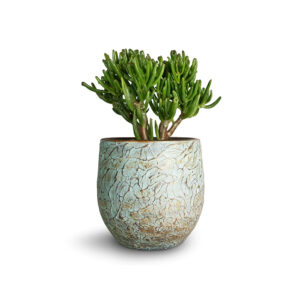
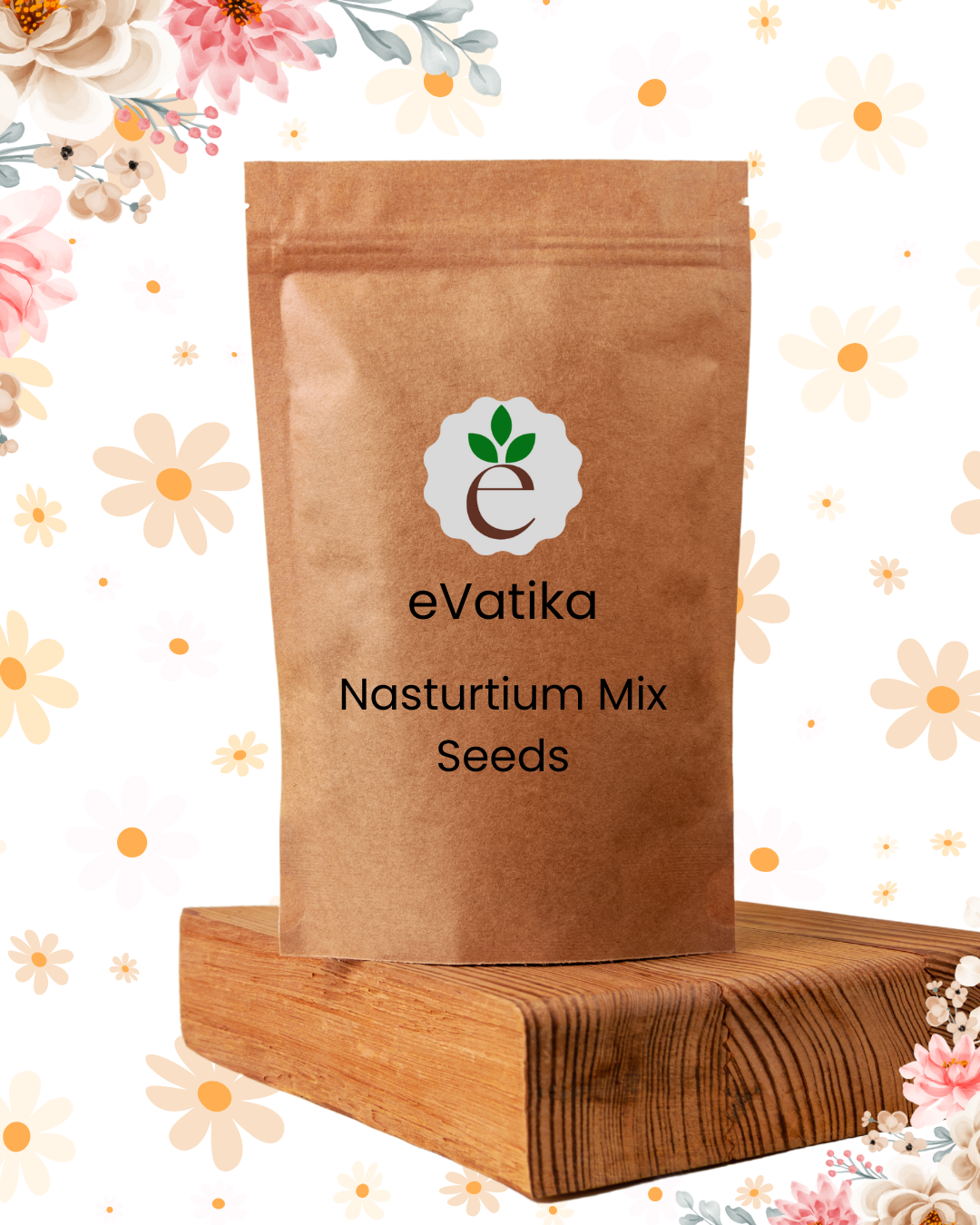
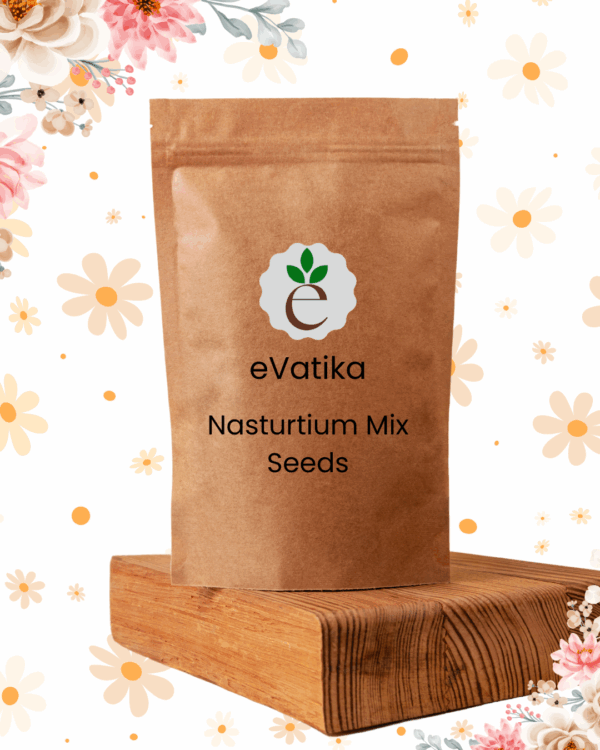
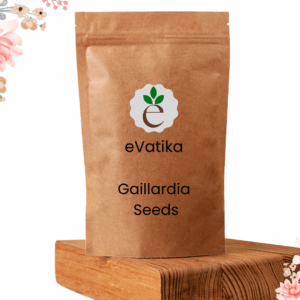
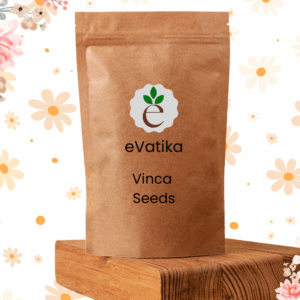
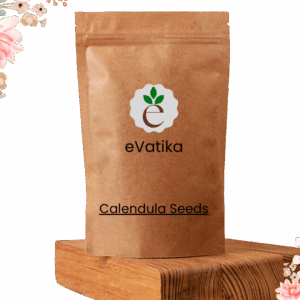
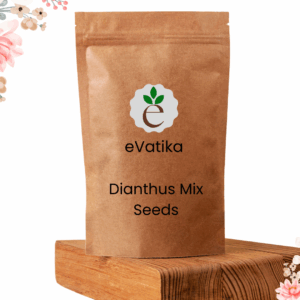






Reviews
There are no reviews yet.